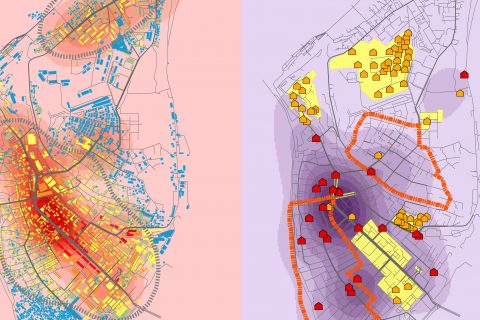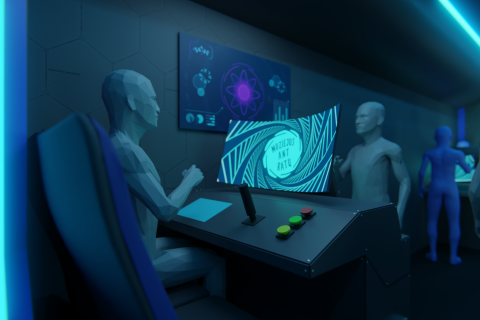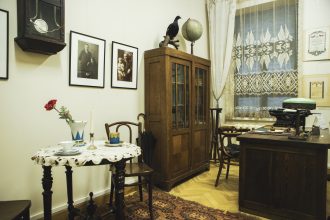“Monday is my day off, a day for creative work, so let’s meet at my studio,” Gražvyda Andrijauskaitė invites me. The small but bright space in the former military barracks, used to belong to the artist’s father, ceramicist Romualdas Andrijauskas (1953–2015), who had his studio here, in Žemieji Šančiai, together with other members of the Lithuanian Artists’ Association.
The woman who grew up in Kalniečiai microdistrict returned to Kaunas after spending several years in Vilnius and has been living right here, on A. Juozapavičius Avenue, for fifteen years since. She is seeing her mural He and She, which she created in 2016, and which delights the passers-by and drivers with two cooing pigeons, almost every day. She likes this multilayered microdistrict and Parakas located in the former warehouse of the Kaunas Fortress that is being curated by her friend Austėja’s mother Vida Bliumkienė. She also enjoys talking walks or cycling on the narrow streets of Šančiai. Near the Nemunas, you will find another mural titled The Times of Šančiai – a local history presented on the wall of an apartment building. Gražvyda and Austėja wrote the application for Kaunas Highlights it this exact studio.
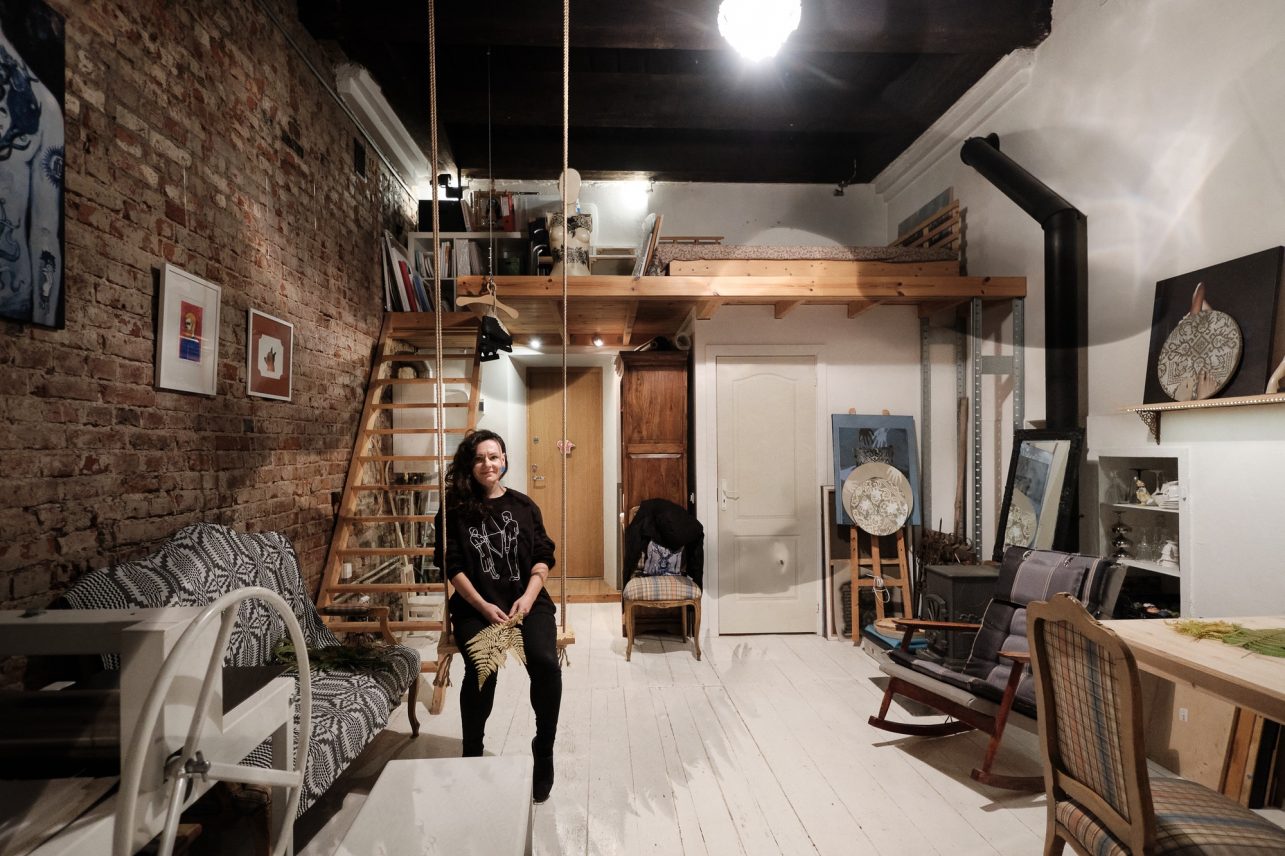
This time I came to talk to Gražvyda about her work in the other end of Kaunas: she works as an art teacher in St. Roch’s school. At the beginning of October, she and four other pedagogues received Kaunas City Teacher of the Year awards. Our congratulations!
The name of St. Roch might be unfamiliar to you because only this year Kaunas Special School was renamed to St. Roch. The orphanage of The Society of Baby Jesus was founded in a nearby 8th Fort back in 1924. The school, which has changed its name several times, has been operating in its current territory since 1966, and Gražvyda has been working here since 2014. “Little by little, I tried to work elsewhere, but this workplace is the first and permanent,” says Gražvyda, who is about to complete the new school logo. According to her, the new name has been long awaited and discussed in the community. “The name of St. Roch was chosen because he is the patron saint of the sick. The word “special” is no longer used in the school’s name, so the children are no longer singled out.”
My interviewee obtained a Master of Arts degree at the Vilnius Academy of Arts and after that gained a qualification in art and technology pedagogy. She liked these studies as well as returning to her alma mater; there were interesting theoretical subjects and practice. “I studied graphics, but I did not establish myself in Vilnius with the arts. My grandparents and my mother are teachers and they suggested I think about this profession. That is how I came up with it. And also, my friend already worked in that school and kept telling me they needed an art teacher,” Gražvyda remembers. By the way, the friends of that group, with whom she communicates, all do pedagogical work.
The teacher says that she had no experience with children and young people with disabilities – including those with autism spectrum disorders and those with movement disorders – before she started working at St. Roch School. Here, children with severe and very severe special educational needs have grades from 1 to 12 based on age and also social skills classes, where students are educated up to the age of 21. “There is also a day centre for young people who want to spend the day meaningfully after finishing school. We also have a kindergarten and there is a dormitory for those coming from further away,” Gražvyda explains. According to her, the school really eases the burden on parents. There is even a shuttle service for students. After school students can join fine arts, music, drama, ceramics classes, use a swimming pool or play board games. At one point, there were even canine therapy sessions with four-legged friends. And if problems arise in the educational process, parents are always included in a decision-making process, “We emphasize teamwork: medical service, classes, home.”
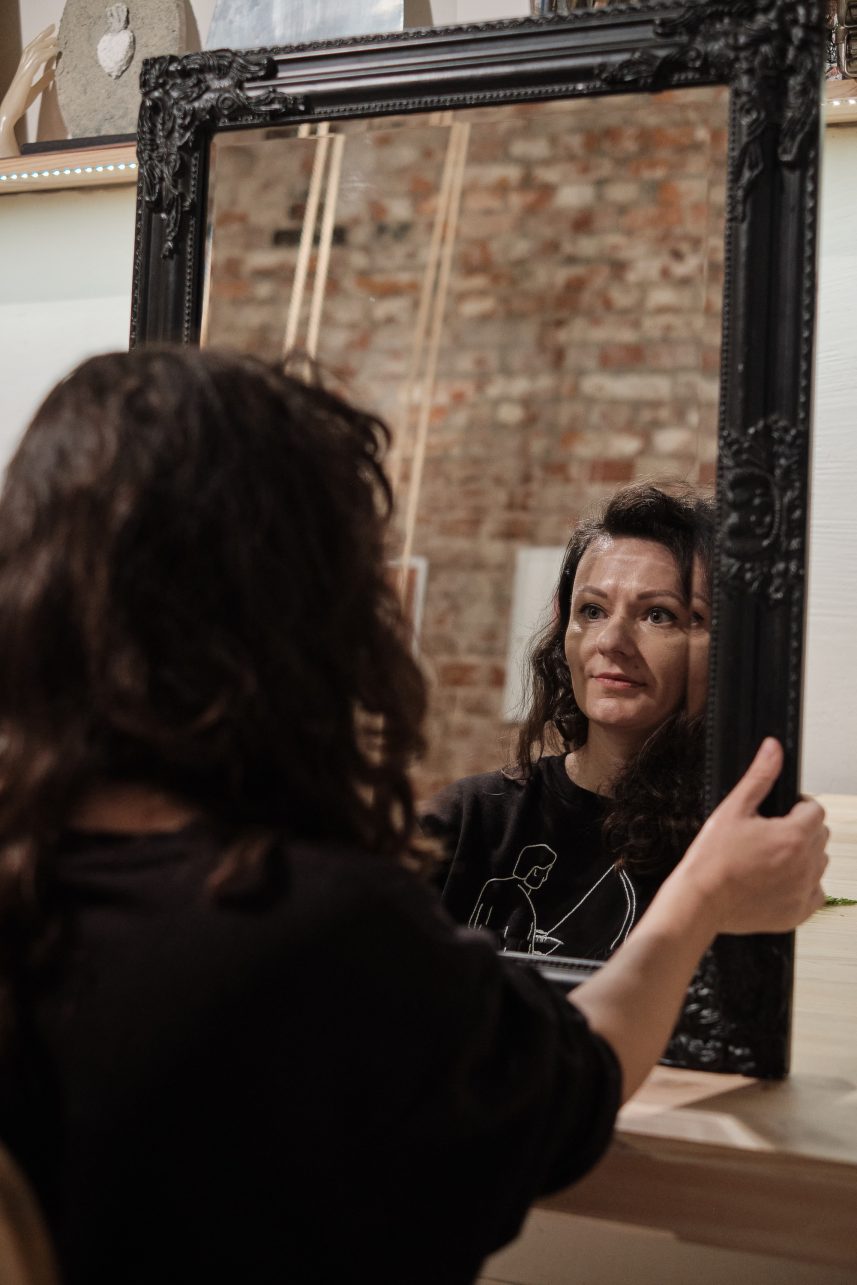
“I like that classes in this school does not have as many children as in other schools. For example, we have 10 children in one class and if one of them needs more assistance, we get a teaching assistant.” Isn’t it difficult to have children with different technical abilities and interests? “There are all kinds of situations, but it’s better for me here, the children are interesting and original. Of course, things happen, but I have an opportunity to get to know each student personally, to understand their needs, in addition, students here do not seek to stand out.”
The graphic artist teaches students in grades 5-12 and socialization classes and leads an after-school art club. Recently, one of her twelfth graders chose to take an art exam, she created a stone mosaic, and everything went very well. “We also like to travel somewhere together, and if we can’t, then we invite guests. Now we are waiting for educators from M. K. Čiurlionis National Museum of Art, we have already become friends, they know the children. We even communicated via Zoom during the quarantine.”
How can you teach art and not practice it yourself, not having tried out the things you teach?
I wonder what topics the art teacher offers the children. “Of course, we always prepare for various holidays, we decorate the school for Christmas, we make postcards for each other. Togetherness makes us happy; others might find it difficult to find friends. In addition, themes are provided by nature around us – we have a wonderful park. Right now, weather permitting, we are in the process of creating a land art mandala. I invite teachers of other subjects to join, as well as children from other schools – integration is important.” In addition, the pupils of St. Roch school – tempted by gifts and diplomas – like to participate in various competitions. If one student doesn’t feel like participating, they get involved by helping others.
“I was not good at natural sciences, and now I like to watch the Science Soup show. A quantum physics competition was announced in the show. Kids had to draw phenomena and scientists. I knew that students were watching the show during the physics class, so I offered to participate, and they agreed. We made the drawings, sent them and one student won a robot! After that, he started coming to my after-school art class,” Gražvyda smiles. It doesn’t really matter to her which student will become an artist, her aim is to excite their curiosity, for them to enjoy it and have a good time when engaging in artistic activities. Of course, the students get attached to the teacher. They always report how things are going after finishing the school. “They send their works to me over Messenger. Some have entered the Kaunas School of Applied Arts.”
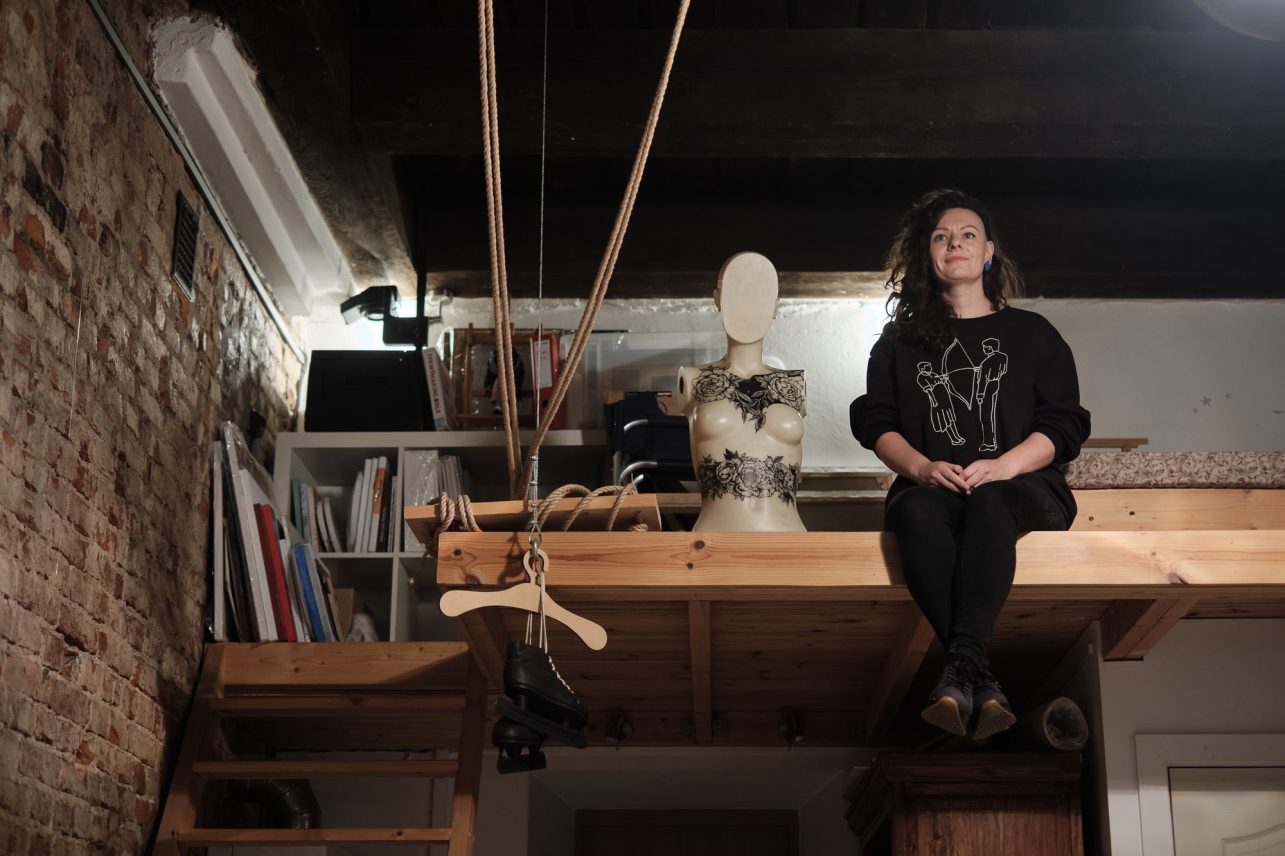
Do you have dark days when you feel like giving up, slamming the door and walking out? “Things happen. I think those Mondays – my personal creative days – really help. I couldn’t be only an artist or only a teacher, both of these activities complement each other. How can you teach art and not practice it yourself, not having tried out the things you teach? I like to be around people, the energy at school, because you work alone in the studio.” Mondays are short, so the artist doesn’t check her emails while at the studio. Lately she has been working on intaglio graphics and she shows us her main tool: a press. “I sit here meditating and recharge for the whole week.”
I was not wrong in guessing that Gražvyda graduated from the Kaunas Art Gymnasium. She keeps in touch with the school’s community because her daughter is attending the gymnasium and the teachers are still the same. She also meets her former teachers in plein airs. I think that a good experience at school affects the atmosphere that Gražvyda creates in her workplace today. She does not object, and the fact that there were teachers in her family, also contributes to her successful teaching methods.
“My mother worked as a piano teacher at the Juozas Gruodis Conservatory all her life, she used to take me to work, and I saw the whole process and that type of work always seemed very normal to me.” In addition to other activities, her father also tried teaching: he worked at an art school in Vilkija. In other words, if Gražvyda’s daughter will decide to become a teacher, no one will be surprised. “I am not sure what she will choose because she plays music in addition to drawing.”
A little more about the reason for my visit – the Teacher of the Year Award, presented in front of a crowd of 10,000 people in the Žalgiris Arena. The laureate hopes that the title will bring awareness to the school itself. “There is also a nursing home nearby, people confuse these two institutions, so maybe they will not get confused anymore. I must admit that personally, I am having fun. You asked me if I have difficult days, so there – this kind of assessment reminds me that everything is alright.”

